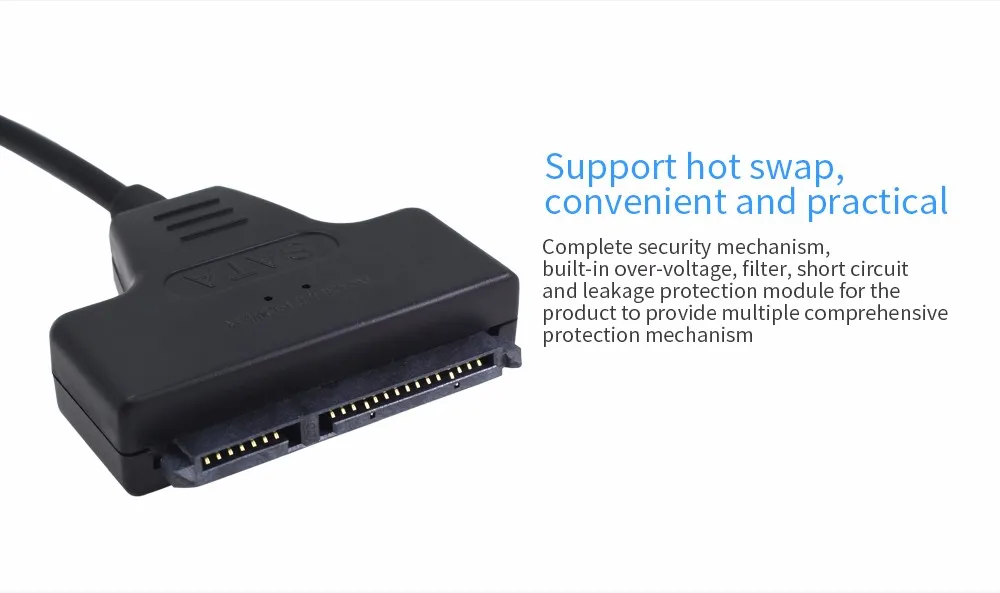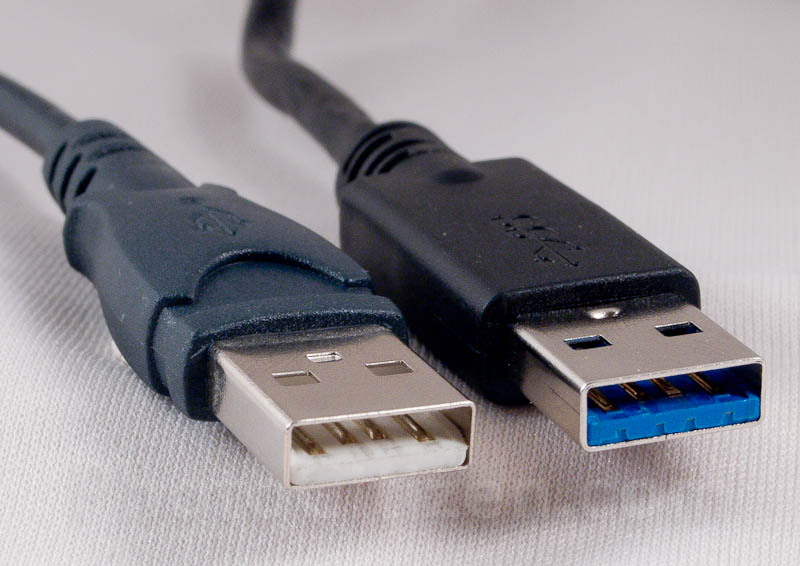

The cable length of USB 2.0 devices can be up to 16’5” at a maximum, but the length for 3.0 devices can only reach a maximum of 9’10”. USB versions up to 2.0 use Unicode as their encoding method, while versions 3.0 and higher have begun using 8b/10b encoding. USB 2.0 and 3.0 both operate at 5V, 1.8A, but USB 3.1 rose it to 20V, 5A, enabling users to power up larger devices.

The reason for this is because the 2.0 uses the half duplex data transmission method whereas the 3.0 and newer use the full duplex data transmission method. This means that data can be sent and received simultaneously with the latest flash drives, while data can only be sent or received at a time with 2.0 and older. 3.0 and 3.1 have since improved upon this speed by bringing it up to 5 Gb per second and 10 Gb per second, respectively.Īlso regarding data transfer, the USB 2.0 and older models are only capable of processing data in a single direction at a time, but newer 3.0 and 3.1 models allow for data transfer in both directions. USB 1.0 only had a data transfer speed of 12 Mb per second, but was later sped up to 480 Mb per second with USB 2.0. Use a USB 3.0 port and cable and that reduces to just over 5 hours.Get a Quote! Data Transfer Rates and Directions If you use a compatible USB 2.0 cable to charge a smartphone it would take around 8 hours to charge a Samsung Galaxy S7 from empty to full. While the difference seems small, it can be significant. ChargingĪs mentioned when discussing both USB types, USB 2.0 is capable of charging devices at 0.5A while USB 3.0 is capable of 0.9A. As you can see, the variation between them is significant. A USB 3.0 device anywhere between 11.5Mbps and 286Mbps. Transfer rates can vary hugely, on average a USB 2.0 flash drive can transfer anywhere between 8Mbps and 9.5Mbps. This is down to the speed of the internal bus and the speed of the flash memory itself within the stick. The main one being the quality of the device you are using.įor example, a premium quality USB 3.0 memory stick will usually perform much faster than a cheap one. This is regarded as a theoretical maximum as there are other bottlenecks to consider. I mentioned above that the maximum theoretical signaling speed of USB 2.0 is 480Mbps and USB 3.0 is capable of 5Gbps.


 0 kommentar(er)
0 kommentar(er)
